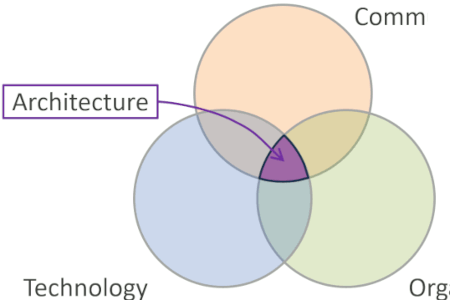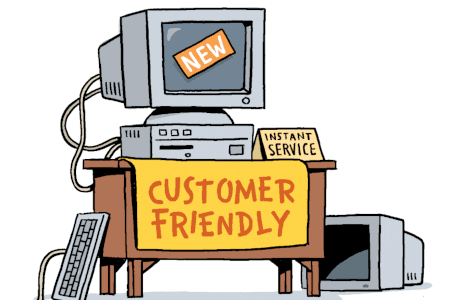Updated: Category: Strategy
IT Evolution
When buying a software or hardware product for your enterprise, the current feature set and price point are only one aspect of the consideration. Technology evolves, new versions are released, products are integrated or merged, and some products will be sunset. Therefore, the future product roadmap is as much a consideration as the current product. This is especially true in today’s day and age where technology changes faster than ever with no sign of slowing down.
Takeshi’s Pond
Switching briefly from enterprise IT to popular culture, one of the silliest shows must be Takeshi’s Castle. It’s a Japanese game show of sorts, in which contestants run parkour on a circuit full of sinister surprises. It’s one of those things you can watch on slow motion 10 times and laugh out of schadenfreude every time. OK, not everyone may share the fascination of silly game shows, but I contend that most other shows and dramas aren’t a whole lot deeper. At Takeshi’s Castle at least you get it at face value without any pretenses. And it’s popular enough to have its own Wikia Fan Page.
One of the classic “challenges” in Takeshi’s Castle are the Skipping Stones, called 竜神池 (“dragon god pond”) in the original Japanese show. The contestants are tasked with crossing a rather uninviting murky lake via a sequence of stepping stones. It wouldn’t be Takeshi-material, though, if there wasn’t a catch: most stones are solid, but some are merely floating. They are visually indistinguishable, but designed to quickly give way to any unlucky contestant’s misstep, resulting in spectacular falls (Japan must have more relaxed liability laws). The schadenfreude comes from watching the contestants do well, until they make one mis-step and are engulfed by the murky matter.
IT Vendor Roadmaps
What does a slightly sadistic game show have to do with IT product evolution? More than it should: some vendor roadmaps resemble the stepping stones exercise: all products look rock solid, but some are fake stepping stones. They look solid from the outset, but give way the instant the enterprise customer relies on them. Those fake stones are the products that aren’t baked yet, are no longer fully supported, not integrated with a new product suite, or suddenly discontinued altogether.
Partnership means transparency
There’s no certainty in IT - I famously stated that if you don’t kill anything, you’ll end up living amongst zombies, which isn’t a good place to be. So you know a vendor won’t be able to keep all products alive forever, nor would you want them to.
The vendor roadmap is a key element towards something that many vendors pitch a lot these days: a partnership. One person giving the other money for products is not a partnership. That’s a transaction. A partnership would mean a tighter long-term relationship where both parties may give up short-term gain for long-term benefit. A small step towards such a model would include a vendor being transparent about which parts of their roadmap are solid, and which ones may merely floating. Doing so will build trust and help form a long-term relationship, something that’s critically important in times of rapid change.
No one in enterprise IT likes to play silly game shows. And it’s not very funny, either.
Make More Impact as an Architect

The Software Architect Elevator helps architects and IT professionals to take their role to the next level. By sharing the real-life journey of a chief architect, it shows how to influence organizations at the intersection of business and technology. Buy it on Amazon US, Amazon UK, Amazon Europe




